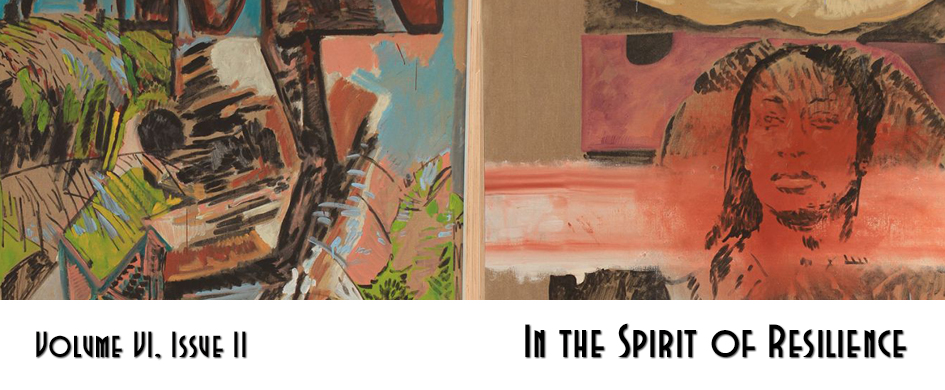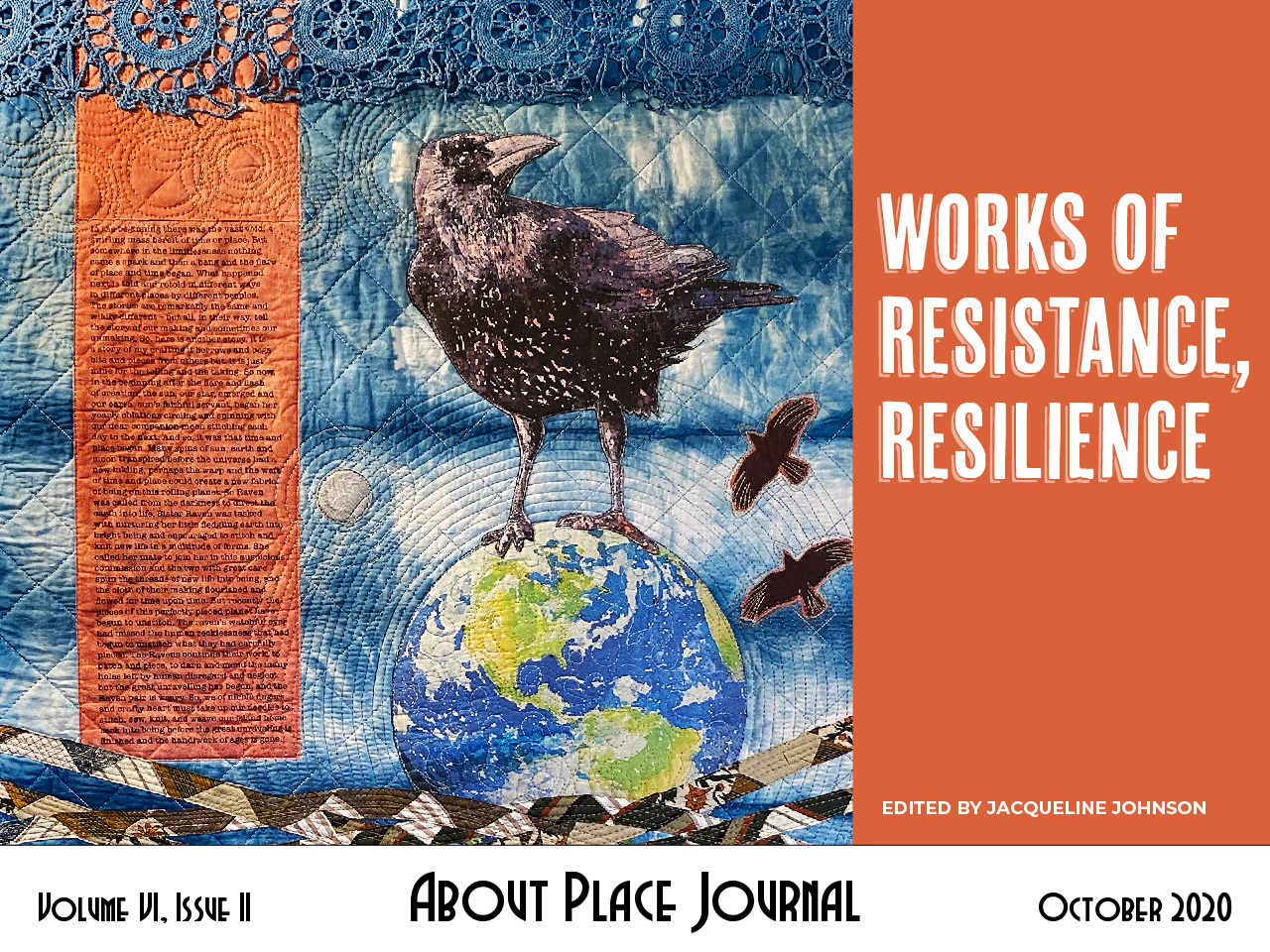1.
American Bandstand, Ed Sullivan, even Johnny Carson. Any time the Supremes came on a t.v., we gained access rights to watch them sing. We ran, if it came to that, for a song only three minutes long. The single family t.v. pulled us all toward the screen on a quiet drawstring and I practiced transmogrification:
Your eyes clamp on them like magnets to a fridge. Nothing on you appears to be moving— but just below, and just inside your skin, your shoulders swing. On time. Opposite your slinky hips. Your silver gown, heavy-draped and water-slippery, pulses those curves. Notes like sugar crystals coat your fingers, sound signals fluttering.
2.
Between Flo, the pretty home girl with a thread of mockery or urgency edging her low bangs, and the oddly-hunched, boldly-posed Diana, there stood Mary: the anchor. Mary steadied the triad.
Diana might hide, hoard, and snatch with those dead eyes. If not for her long fingers, Flo might be spitting anger or chewing tears on a pay phone. Mary would be dressed well ahead of time. Zipped and waiting to sing. Mary, dark brown and shining, always the middle of the pyramid. Mary, the quiet diamond who gave the stage its center.
3.
Always looking for a way to assure myself that being Black really was exceptional, I loved the Supremes because they were Ours. I needed the Supremes as much as I loved them, and every month, it seemed, they kept me afloat. Most days in school, I felt like Ruby Bridges without the National Guard and the venomous housewives. Alone, obvious and invisible, unsafe. I moved in a bubble-world from coatroom to pencil case to peanut butter sandwich balled in my jaw. In that time when Time was distorted, the Supremes put out one record after another— every month?— and each better than the last. Even “I Hear A Symphony,” the weak link, wasn’t that bad. In the Motown world, we had a winning streak. We had something to sing while running Pom-Pom.
4.
Hard times in a kitchen chair beside a stove with an open grease jar on the window sill was a thing she knew. Even if she did wear wigs all the time. Even with all the mystic glitter, all the clapping. Even with her name printed on slick blue records born in white paper sleeves, Mary was regular. Her voice said so.
5.
Voice making a believable world: I could imagine her talking carried across somebody’s yard at a barbecue. Voice singing a round satin tunnel. That voice did not untangle a blind channel of Longing in Mary’s face. As if she’d been promised something. As if she was waiting, faithful, through every song, for her end of the bargain to pay off. As if the pose, the swish, the evening glove-performance was more than act. As if she had dipped her heart in a deep chocolate vat of Hope that one more record, t.v. show, club date, one last poufy wig would tie the ribbon on a package of satin behaviors. The sweet valley Mary always seemed to be gazing toward would reach her feet and unroll, a green carpet, luring her feet out of those tight shoes, making up for things we would never know.
6.
Out of instinct, I sought Mary’s face onscreen. Bright eyes, brilliant teeth, a simple, even prettiness that never set off self-hating.
I was daughter to a woman who was pretty like that. Maybe that explains this habit I would not realize for years: this practice of zooming in on Mary, reading her. Trusting her resolve. Witnessing her gift of keep-going-ness. Relying on her radiance for the certainty that would be harder to find in the world.


